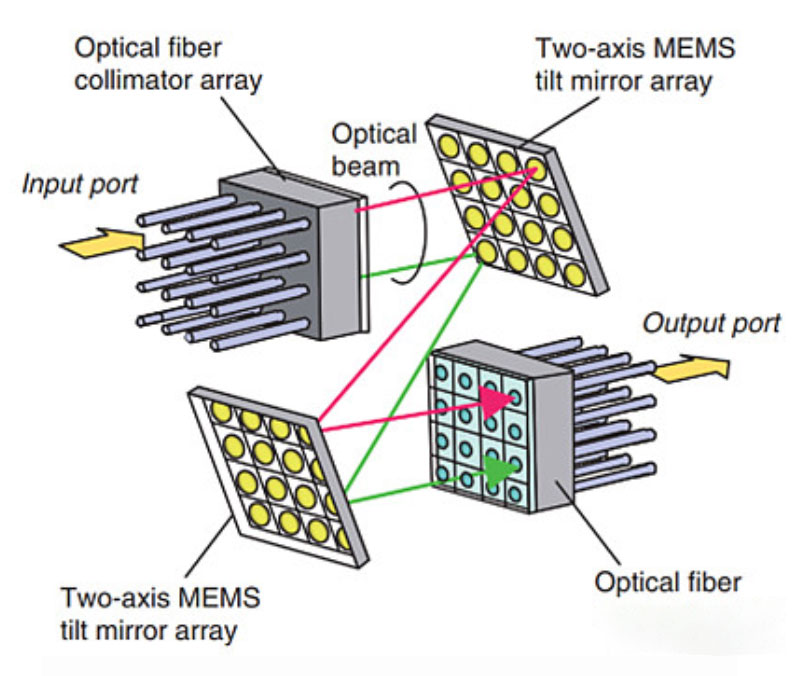
Optical Burst Switching technology emerged to address the limitations inherent in current optical signal processing techniques.
Technical Background and Objectives: Optical Burst Switching technology aims to overcome the constraints of existing optical signal processing methods, enhancing the efficiency and flexibility of data transmission.

Core Strategy: This technology primarily incorporates two optical packet strategies: control packet technology and data packet technology. Control packet technology utilizes electronic processing in routers to transmit control information, while data packet technology enables direct end-to-end communication through transparent transmission channels, eliminating the need for electro-optics/optical-electronic conversion and electronic routers.
Working Principle: Control packets travel over fixed channels within WDM transmission links. Coordinated with data packets, they employ “datagram” or “virtual circuit” routing methods. This enables routers to dynamically allocate idle channels, ensuring efficient utilization of data channel bandwidth resources. This design separates data and control channels, simplifying burst data exchange processing.
Burst Concept: In optical burst switching, a “burst” refers to a large data packet formed by aggregating multiple small data packets sharing the same destination node address and QoS requirements. Bursts serve as the fundamental switching unit in optical burst switching networks, composed of control packets and burst data BP.
Technical Features and Advantages: Optical burst switching employs independent transmission of data packets and control packets, achieving temporal and spatial separation. It utilizes a unidirectional resource reservation mechanism with optical bursts as the smallest switching unit. This technology reduces requirements for optical switches and buffers, effectively supports burst packet services, and significantly enhances resource allocation flexibility and utilization efficiency.
optlenses
Related posts
What are the different methods of optical burst switching?
Eyeglass Screws: Types, Functions and Buying Guide
What is an Infrared Lens Filter?
What is Optical Lens Hydrophobic Coating?



